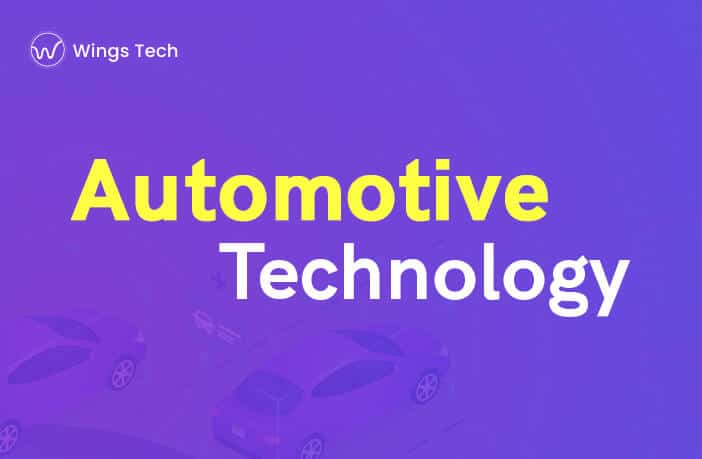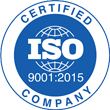Why Automotive Technology Is Today’s Biggest Trend

It is no secret that automotive technology is improving every year. Every time there is a new bell or whistle in the automotive world, it’s worth talking about. Technology can enhance performance, improve efficiency, or simply make your daily commute a little more convenient.
Increasing levels of electrification, digitalization, advanced vehicle identification systems, and more, from F1 cars to compact cars, have brought about a change in the automotive industry. There’s no denying that technology is driving every industry in the modern world, including the automotive industry.
What’s next? Where are we headed? Throughout this article, we will explore the top automotive technology trends for 2022.
Wireless Technology
Around 30,000 parts and more than 100 million codes constitute an average car. Technology will likely continue to advance, so these numbers will likely rise even further. A smart car’s navigation system will use more information in the future.
Taking navigation to new heights is 5G technology’s goal for 2022. Several factors can be exchanged between two smart cars on highways, including weather patterns, traffic patterns, road conditions, etc. Future 5G wireless technology will enable all of these exchanges to be instantaneous.
Hydrogen Fuel Cell Engines Making a Breakthrough
Electric fuel cell vehicles are expected to make their debut in 2022. Despite the technology itself being around for some time, more stringent emission control regulations have been necessary to advance the field significantly.
A hydrogen fuel cell produces only water and oxygen as a byproduct of its chemical reaction. Compared to fossil fuels or electric cars, this process is much more eco-friendly, as it is completely harmless to the environment.
Hydrogen fuel cell engines have been explored by many companies in recent years. This could very well lead to a breakthrough in hydrogen fuel cell engines in 2022.
Automotive Cameras
As of 2017, the automotive camera market was valued at over $11 billion, and by 2025, the market is estimated to grow to $24 billion. To improve driver safety, one of the dominant aspects of this trend is onboard cameras that can capture high-quality videos.
In an era where road accidents are increasing every day, this kind of technology is becoming increasingly valuable. The automotive camera market is expected to grow in 2022 as more companies enter the sector and more investments are made in developing innovative technologies.
Advanced Autonomy
There is no question that autonomous vehicles have taken off in recent years, and with good reason: most automakers see developing Level 4 autonomy (high driving automation) as crucial for future success in the mobility industry. Several environmental benefits are expected from self-driving technology, including a reduction in greenhouse gas emissions, fewer accidents, and reduced travel and transportation costs.
Whenever we talk about autonomous cars, we can’t overlook Tesla. It is only a matter of time before Tesla’s autopilot mode reaches level 4 or 5 as it is currently at level 2. Very soon, however, it will be up to level 3 and it will be level 4 or 5 soon. It is safe to say that Tesla will transform their cars into a fully autonomous mode within a few short years in 2022 and this is a sector to keep an eye on.
Energy Storing Body Panel
The traditional batteries that have powered cars for decades come with several disadvantages. It can be disastrous if these batteries are damaged. The damage to batteries may result in toxic leaks or devastating fires, as well as less efficiency.
An energy-storing body panel is a safer alternative. Energy can be stored in these body panels and used when needed by the vehicle. Unfortunately, this technology is still in its infancy and is not fully tested. This technology is likely to be implemented soon since it has the potential to replace traditional car batteries excellently.
Perception Sensors
The senses of sight and hearing play a major role in how we drive every day. Smart cars are equipped with cameras, radar, LiDAR, and ultrasonic sensors that replace humans’ senses. All of these technologies, however, have their limitations, so scientists are busy searching for solutions. We may see improved perception sensors in the automotive industry as early as 2022, a solution that is currently under development.
Augmented Reality
The gaming industry has become increasingly interested in Augmented Reality (AR) in recent years. Aside from gaming, Augmented Reality has many other applications.
The auto sector, for example, is testing a variety of AR applications at the moment. Features such as terrain mapping, road safety, and parking assistance may become available by 2022 as a result of these developments.

















